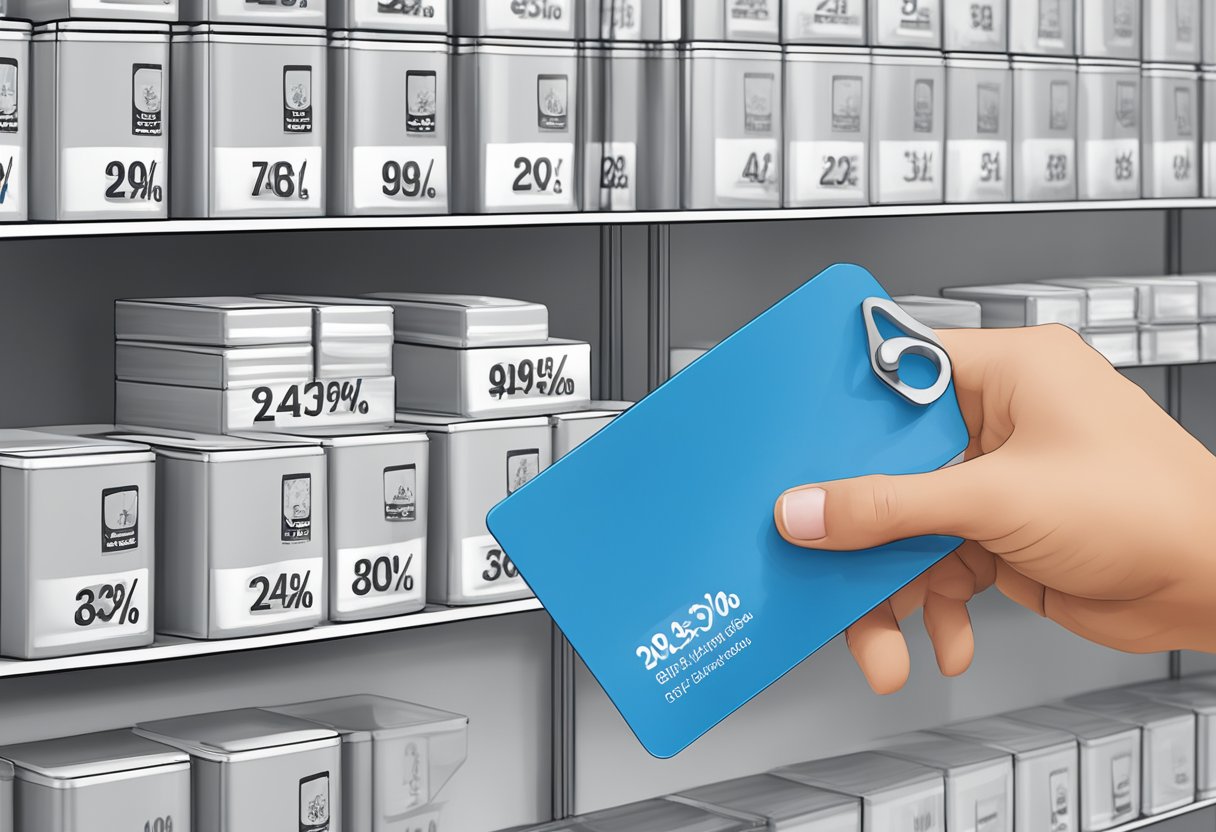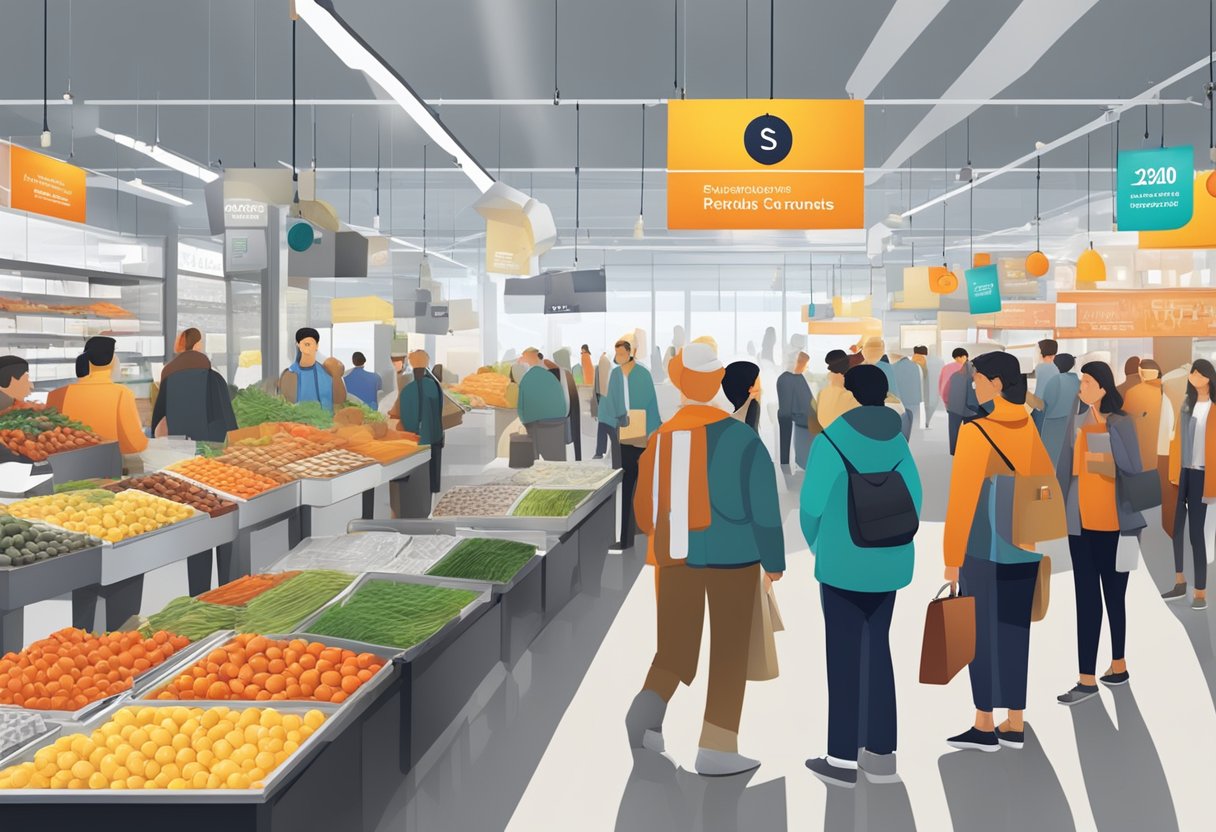The aluminum composite panel (ACP) is a popular building material used for both interior and exterior applications. It is made up of two thin aluminum sheets bonded to a non-aluminum core, which provides strength and durability while also keeping the weight low. The ACP is often used for cladding, facades, roofing, and signage due to its versatility and aesthetic appeal.

One important factor to consider when using ACP is the price. The cost of ACP varies depending on several factors such as the thickness of the aluminum sheets and the type of core material used. Additionally, the price can be affected by the size of the project, the location, and the supplier. It is important to have a clear understanding of the pricing structure before making a purchase to ensure that the project stays within budget. In this article, we will explore the various factors that affect the price of ACP and provide some tips on how to get the best value for your money.
Market Overview

Global Demand
The global aluminum composite panel market is expected to witness significant growth in the coming years. The increasing demand for lightweight and durable materials in the construction industry is a major driving factor for the market. The growing use of aluminum composite panels in the automotive industry is also contributing to the market growth.
The demand for aluminum composite panels is expected to increase in the Asia-Pacific region, particularly in China and India. The construction industry in these countries is booming, and the demand for lightweight and durable materials is increasing. The increasing use of aluminum composite panels in the automotive industry in these countries is also contributing to the market growth.
Regional Price Trends
The price of aluminum composite panels varies by region. In North America, the price of aluminum composite panels is higher compared to other regions due to the high demand for the product. In Europe, the price of aluminum composite panels is relatively lower due to the availability of raw materials and the presence of a large number of manufacturers.
In the Asia-Pacific region, the price of aluminum composite panels is expected to increase due to the growing demand for the product. The increasing use of aluminum composite panels in the construction and automotive industries is expected to drive the market growth in the region.
Overall, the aluminum composite panel market is expected to witness significant growth in the coming years due to the increasing demand for lightweight and durable materials in the construction and automotive industries. The regional price trends are expected to vary based on the demand and supply of the product in each region.
Factors Affecting Prices
Raw Material Costs
The cost of raw materials is a significant factor in determining the price of aluminum composite panels. The primary raw materials used in the manufacturing of these panels are aluminum and polyethylene. The fluctuation in the price of aluminum and polyethylene directly affects the price of aluminum composite panels. Any increase in the price of raw materials leads to an increase in the price of aluminum composite panels.
Manufacturing Process
The manufacturing process of aluminum composite panels also affects their price. The use of advanced technology and machinery increases the cost of production, which ultimately increases the price of the panels. The cost of labor also plays a crucial role in determining the price of these panels. The use of skilled labor and advanced machinery increases the cost of production, leading to an increase in the price of aluminum composite panels.
Supply Chain Dynamics
The supply chain dynamics also affect the price of aluminum composite panels. The availability of raw materials, transportation costs, and the efficiency of the supply chain all impact the final price of the panels. Any disruption in the supply chain, such as a shortage of raw materials or an increase in transportation costs, can lead to an increase in the price of aluminum composite panels.
In conclusion, the price of aluminum composite panels is affected by a range of factors such as raw material costs, manufacturing process, and supply chain dynamics. Understanding these factors is crucial for manufacturers, suppliers, and customers to make informed decisions and ensure that they get the best value for their money.
Types of Aluminum Composite Panels
Aluminum Composite Panels (ACP) are a popular building material used for both interior and exterior applications. They are made up of two thin aluminum sheets bonded to a non-aluminum core, which gives them their lightweight and durable properties. There are several types of ACPs available in the market, each with its unique features and benefits.
Standard
Standard Aluminum Composite Panels are the most commonly used type of ACPs. They are cost-effective and come in a variety of colors and finishes. Standard ACPs are suitable for both interior and exterior applications, including cladding, signage, and partitions.
Fire-Retardant
Fire-Retardant Aluminum Composite Panels are designed to resist fire and prevent the spread of flames. They are made with a non-combustible mineral-filled core and are suitable for use in high-rise buildings, hospitals, and schools. Fire-Retardant ACPs are available in a range of colors and finishes.
Anti-Static
Anti-Static Aluminum Composite Panels are used in environments where static electricity can cause damage to electronic equipment. They are made with a special coating that prevents the build-up of static electricity. Anti-Static ACPs are commonly used in clean rooms, laboratories, and data centers.
Antibacterial
Antibacterial Aluminum Composite Panels are designed to inhibit the growth of bacteria and other microorganisms. They are ideal for use in hospitals, clinics, and other healthcare facilities where hygiene is a top priority. Antibacterial ACPs are available in a range of colors and finishes.
Overall, the type of Aluminum Composite Panel chosen will depend on the specific needs of the project. It is important to consider factors such as cost, durability, fire resistance, and antibacterial properties when selecting the appropriate ACP.
Cost Comparison
By Thickness
The price of aluminum composite panels varies depending on the thickness of the panel. Thicker panels are generally more expensive than thinner ones. For example, a 4mm panel is typically less expensive than a 6mm panel of the same brand and quality. However, thicker panels may offer better durability and insulation, which can be important factors to consider when choosing the right panel for a specific application.
By Brand
The brand of the aluminum composite panel can also affect the price. Some brands are known for their high quality and durability, which can make them more expensive than other brands. However, it is important to note that not all expensive brands are necessarily better than cheaper ones. It is important to do research and compare prices and quality before making a purchase.
By Application
The cost of aluminum composite panels also varies depending on the application. Panels used for exterior applications may be more expensive than those used for interior applications due to their higher durability and weather resistance. Additionally, panels used for specialized applications, such as those with fire-resistant properties, may be more expensive than standard panels.
Overall, when comparing the cost of aluminum composite panels, it is important to consider factors such as thickness, brand, and application. By doing so, one can make an informed decision and choose the right panel for their specific needs.
Purchasing Strategies
Bulk Buying
Purchasing aluminum composite panels in bulk can be a great way to save money. Suppliers are often willing to offer discounts to customers who purchase large quantities of their products. This is because bulk buying helps suppliers to reduce their inventory costs and increase their production efficiency. As a result, customers who purchase in bulk can often enjoy significant cost savings.
Negotiating with Suppliers
Negotiating with suppliers can also be an effective way to lower the cost of aluminum composite panels. Customers should be prepared to ask for discounts, especially if they are purchasing in large quantities. In addition, customers should be willing to shop around and compare prices from different suppliers. This can help them to identify the best deals and negotiate better prices.
Long-Term Contracts
Customers who are planning to purchase aluminum composite panels on a regular basis may want to consider entering into long-term contracts with their suppliers. Long-term contracts can help to ensure a stable supply of materials and can also help to lock in lower prices. In addition, long-term contracts can help to build strong relationships between customers and suppliers, which can lead to better service and support.
Future Price Projections
As the demand for aluminum composite panels continues to rise, it is expected that the prices will also increase in the future. However, the exact price projections are difficult to predict due to various factors that can affect the market.
One of the main factors that can affect the price of aluminum composite panels is the cost of raw materials. The price of aluminum and other materials used in the production of composite panels can fluctuate based on global supply and demand, as well as other economic factors.
Another factor that can impact the price of aluminum composite panels is the level of competition in the market. As more manufacturers enter the market, the competition can drive down prices. Conversely, if there are fewer manufacturers, the prices may increase due to limited supply.
It is also important to consider the impact of regulations and tariffs on the price of aluminum composite panels. Changes in regulations or tariffs can affect the cost of importing or exporting materials, which can ultimately impact the final price of the product.
Overall, while it is difficult to predict the exact price projections for aluminum composite panels, it is safe to say that prices will likely continue to fluctuate based on various market factors. It is important for consumers to stay informed about these factors in order to make informed purchasing decisions.
